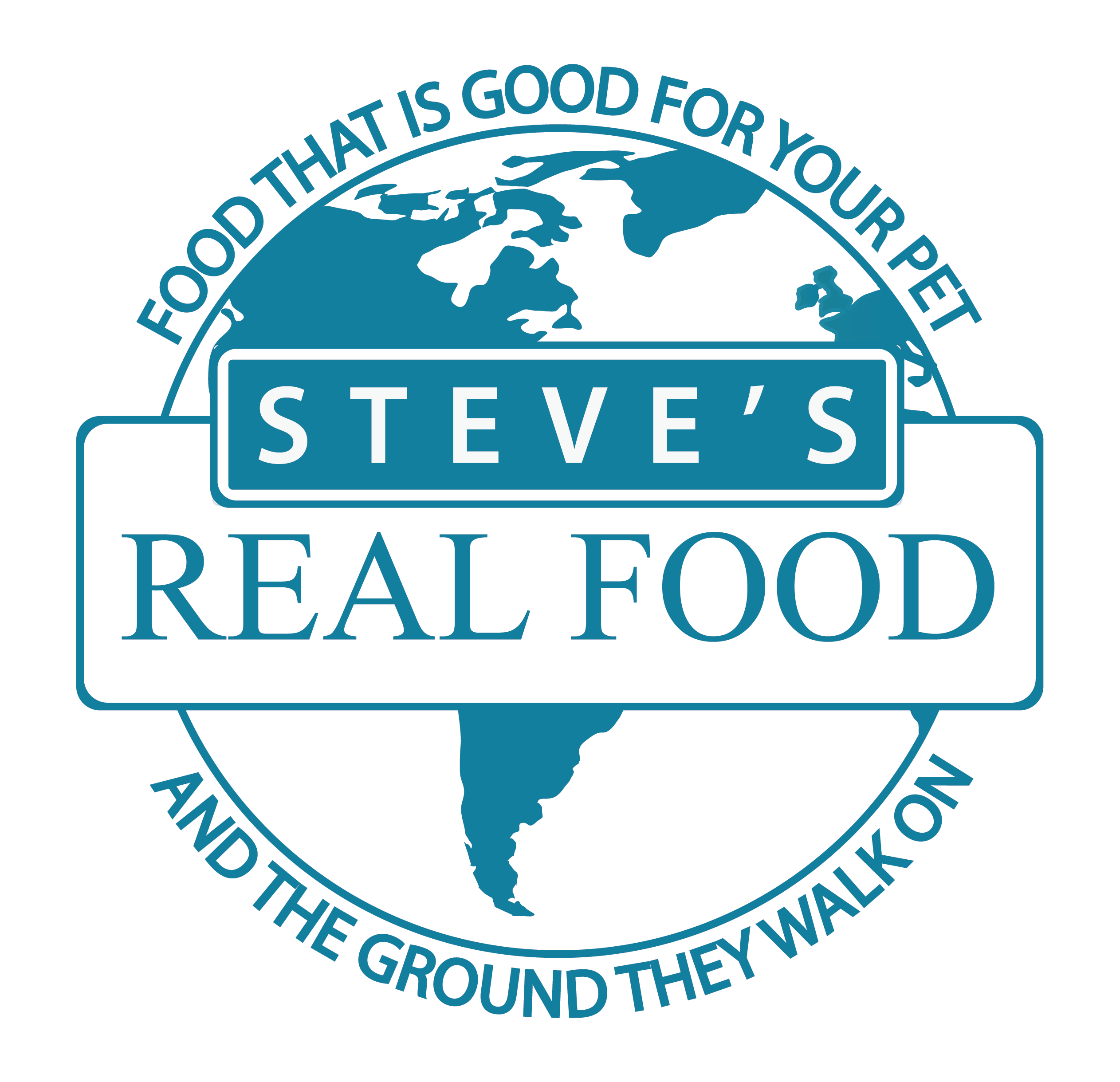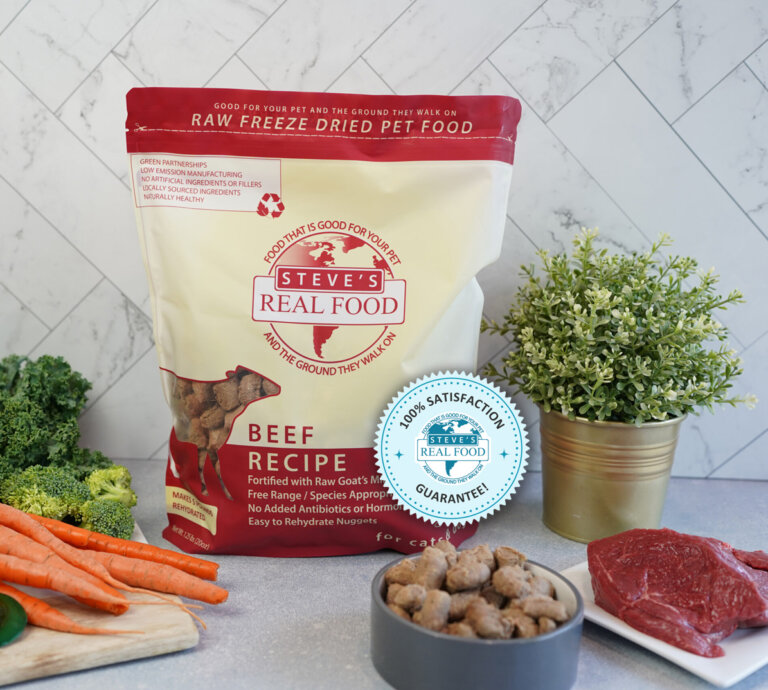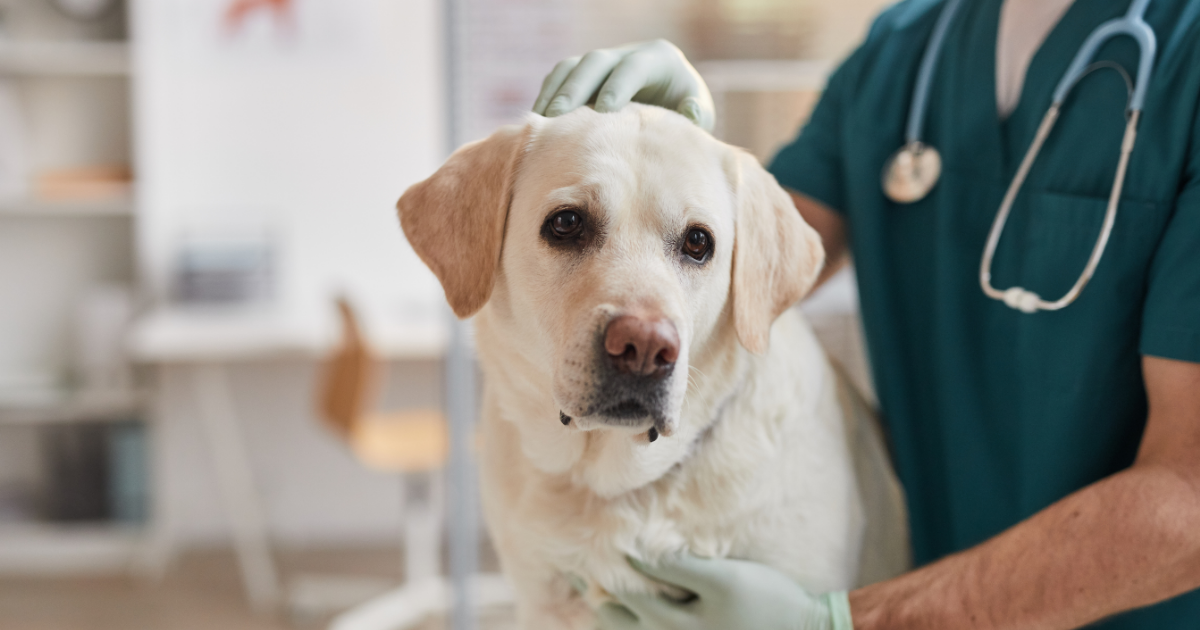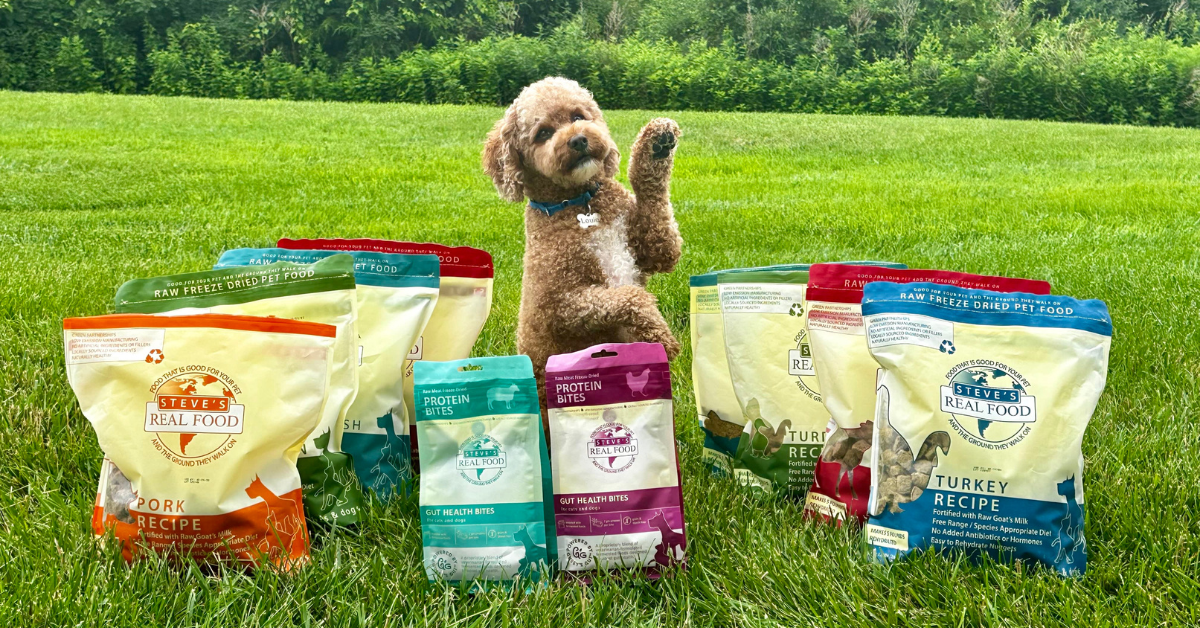~ Written by Shantel McCook
In the United States, cancer is estimated to be the number one cause of death in dogs over the age of 2 years old. The National Canine Cancer Foundation estimates that 1 in 3 pets will develop cancer – the same rate as in humans.
If you are a loving, caring pet owner, hearing your veterinarian say, “I think your dog has cancer” can be the most feared sentence in the English language. If you are so unfortunate as to have to live through that moment, a million questions and thoughts will be running through your mind.
I remember hearing those words myself, as I sat with best dog friend, McCain, at the vet’s office, when we learned that McCain had cancerous masses on his liver and spleen. Being a Specialty Veterinary Nurse for many years didn’t change the power of that moment as I sat on the receiving end of the news, nor did it change the thoughts and emotions that we were about to venture through.
So, what is cancer? What causes it, and how do we diagnose and treat it? Why is cancer so common with our pets, and why do certain types of cancer affect certain breeds and afflict humans in the same ways? These are a few questions that I have.
Cancer by definition – Cancer describes diseases involving the uncontrolled growth of abnormal cells within the body. These cells are able to invade other tissues, spreading to other parts of the body through the blood and lymphatic systems. If caught early, cancer may not be a life threatening illness; however, if left undetected, the abnormal cells can send to vital organs, shutting down your pet’s system and eventually leading to death.
Potential Causes of Dog Cancer
Genetic Factors
Genetics can play a role for some types of cancer. For example, giant breed dogs tend to develop osteosarcoma (bone cancer in dogs) far more than non-giant breeds. Genetic predispositions can be perpetuated through an entire breed or on a smaller scale through a breeding line.
Vaccines
Vaccinations have been proven to play a role in causing cancer. Vaccination-site tumors may occur when a pet receives repeated needle-sticks in the same place year after year. Components of the vaccination formula, aside from the actual vaccine, may cause cancer to develop.
Chemicals and Toxins
When it comes to environmental factors, the list is depressingly long, and food is at the top of that list. Possible carcinogens in food include:
- BHT/BHA and Ethoxyquin: Take a look at those dog food labels – does your food contain these ingredients? These are preservatives that are often used in pet foods to preserve fats and stabilize the entire product. This is how your kibble can stay fresh sitting in your pantry for months at a time. The problem is that your fresh-smelling, BHA-laden pet food is full of carcinogens.
- GMOs: Genetically Modified Organisms (GMOs) are replacing natural food sources on a wide scale, and are designed to grow bigger and faster than nature intended. Corn, one of the first ingredients in many pet foods, is almost always GMO in the US, and GMOs in general are facing a strong public outcry and international backlash because of the many health problems they propagate.
- Aflatoxins: Molds called aflatoxins can easily grow in less than ideal situations, such as poor growing conditions or substandard/extended storage, and produce a very potent carcinogen. Contaminated grains such as corn, wheat, and rice, as well as nuts and legumes, are often found in low-quality pet food. To make it worse, aflatoxins are very stable and even the high temperature processing involved in kibble manufacturing won’t destroy them – even as it destroys what little nutritional value the kibble had to begin with.
Early Spaying and Neutering
In recent studies with 3 breeds experiencing higher-than-normal cancer rates (Golden Retrievers, Vizslas, and Rottweilers), the conclusions were similar.
The Golden Retriever study looked at cancer rates and found that the incidence of lymphosarcoma was three times higher in males neutered before 12 months of age than in un-neutered males. Interestingly, the percentage of hemangiosarcoma in females spayed after 12 months was four times higher than that of intact and even early-spayed females. Additionally, 6% of females spayed after 12 months were affected with mast cell cancer, while there were zero cases among the intact females.
Vizsla study researchers learned that spayed females had significantly higher rates of hemangiosarcoma than intact females (nine times higher). They also found that spayed/neutered dogs were 3.5% more likely to suffer mast cell cancer and 4.3 times more likely to suffer lymphoma. (M. Christine Zink, DVM, PhD et al., Evaluation of the risk and age of onset of cancer and behavioral disorders in gonadectomized Vizslas. JAVMA, Vol 244, No. 3, February 1, 2014).
Rottweilers were analyzed in a retrospective cohort study that broke the risk down by age at spay/neuter. It found that the elevated risk of osteosarcoma was associated with spay/neuter of young dogs. Rottweilers spayed or neutered before one year of age were 3.8 (males) or 3.1 (females) times more likely to develop osteosarcoma than intact dogs. Indeed, the combination of breed risk and early spay/neuter meant that Rottweilers spayed/neutered before one year of age had a 28.4% (males) and 25.1% (females) risk of developing osteosarcoma. The results are consistent with the earlier multi-breed study but have an advantage of assessing risk as a function of age at neuter. A logical conclusion derived from combining the findings of these two studies is that the spay/neuter of dogs before one year of age is associated with a significantly increased risk of osteosarcoma. (Endogenous gonadal hormone exposure and bone sarcoma risk. Cooley DM, Beranek BC, Schlittler DL, Glickman NW, Glickman LT, Waters DJ. Department of Veterinary Clinical Sciences, Purdue University, West Lafayette, Indiana 47907, USA).
Signs of Cancer in Dogs
- Abnormal swelling that persists or continues to grow
- Sores that don’t heal
- Unexplained weight loss or loss of appetite
- Bleeding or abnormal discharge regardless of the orifice
- Difficulty eating or swallowing
- Hesitation or loss of stamina
- Persistent lameness
- Difficulty breathing, urinating, or defecating
Diagnosing Dog Cancer
If you have noticed any concerning signs or symptoms, then what do you do? How is cancer diagnosed? Well, there are many diagnostic options that are available to us as pet owners, and this is where sometimes a “team approach” comes in. Consulting with your veterinarian, an oncologist (dog cancer specialist), and a holistic veterinarian is the starting point to help guide you through the process of discovering the type of cancer. The experts on your team may suggest some of the following for diagnosis:
- CT scan
- MRI
- X-rays
- Fine needle aspirate/cytology
- Biopsy with histopathology
- PET imaging
- Bloodwork and urinalysis
These tests will help narrow down the type of cancer, severity, location, etc., so you can determine a treatment plan.
 Beef
Beef Chicken
Chicken Whitefish
Whitefish Pork
Pork Lamb
Lamb Turkey
Turkey Turducken
Turducken All Protein
All Protein Beef
Beef Chicken
Chicken White Fish
White Fish Pork
Pork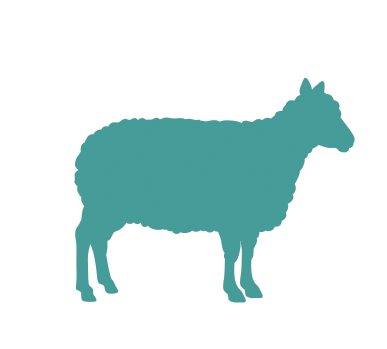 Lamb
Lamb Turkey
Turkey Duck
Duck All Products
All Products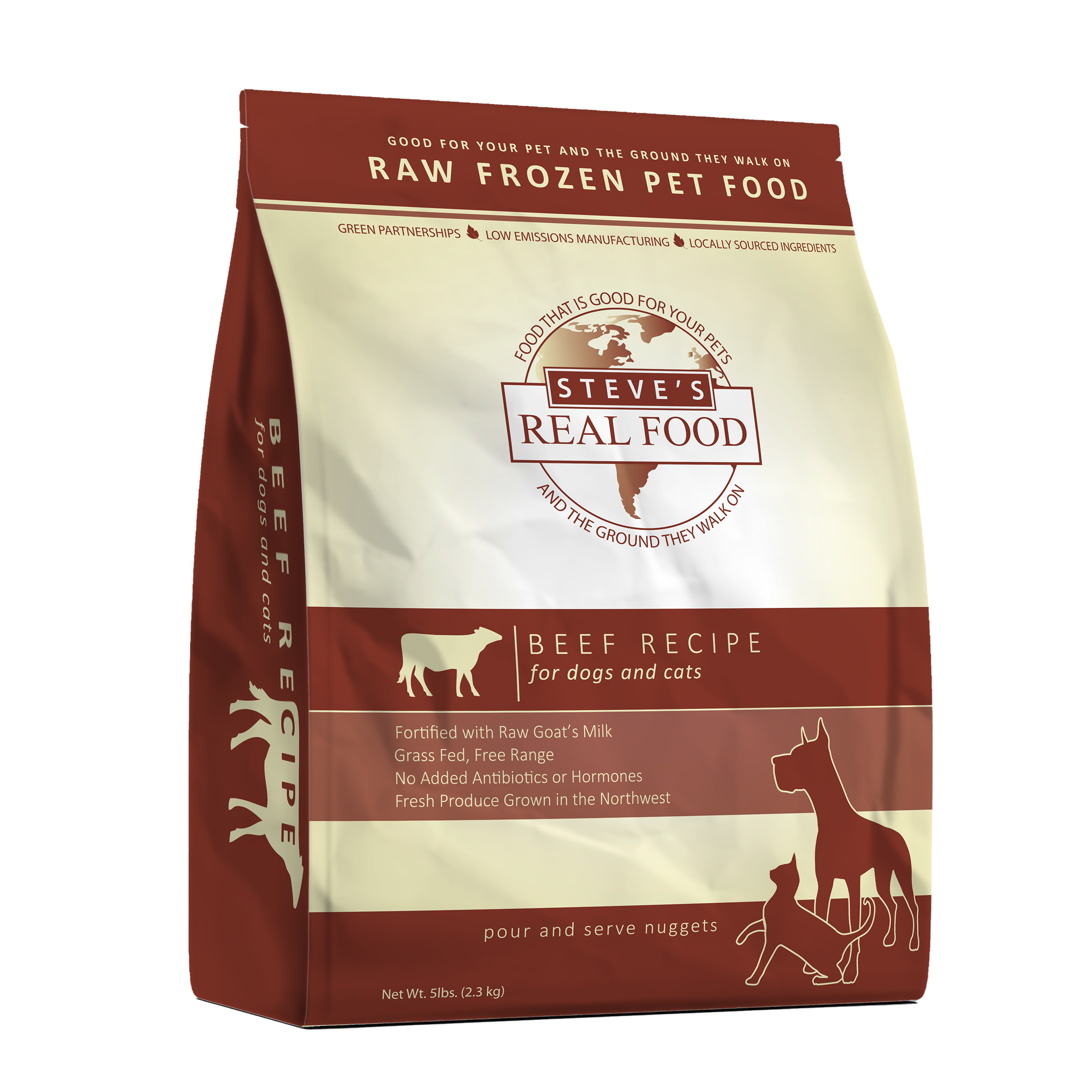 Frozen Raw Pet Food
Frozen Raw Pet Food
 Freeze Dried Raw Pet Food
Freeze Dried Raw Pet Food
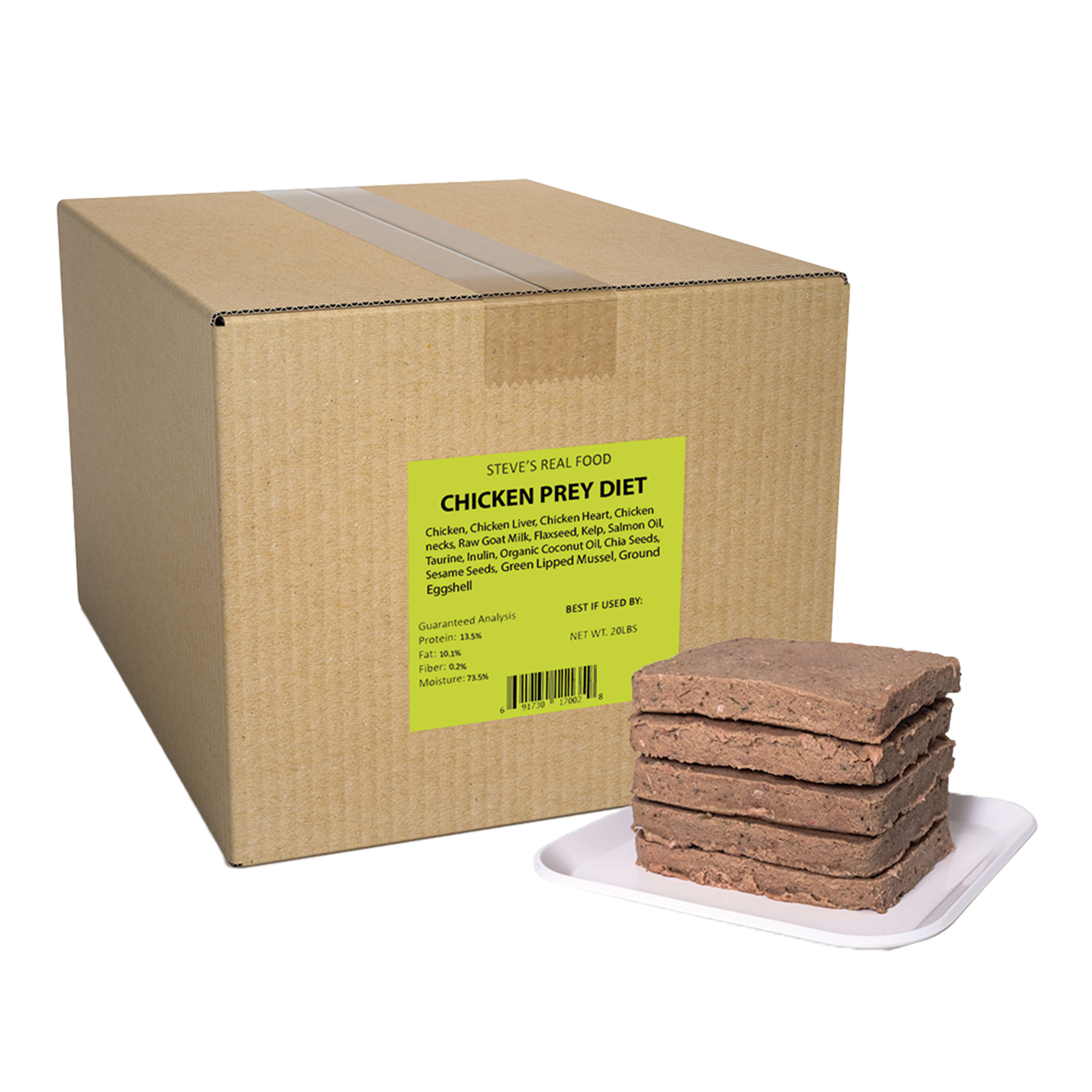 Frozen Prey Diet
Frozen Prey Diet
 Freeze Dried Protein Bites
Freeze Dried Protein Bites
 Frozen Quest
Frozen Quest
 Freeze Dried Quest
Freeze Dried Quest
 Eggs over Easy
Eggs over Easy
 Steve's Merch
Steve's Merch 







